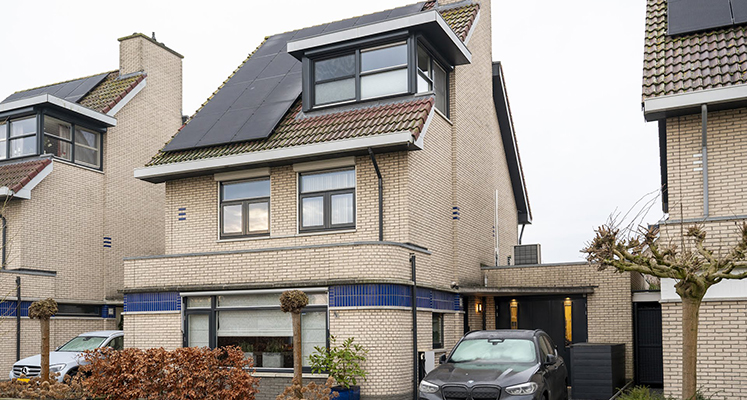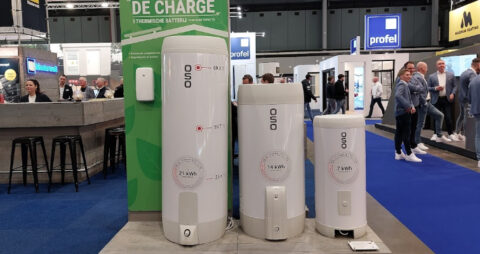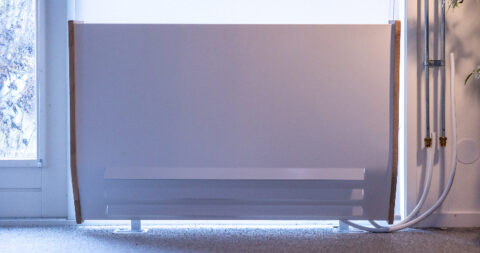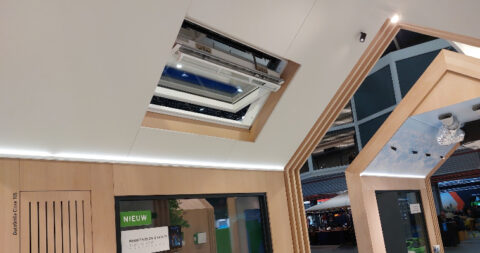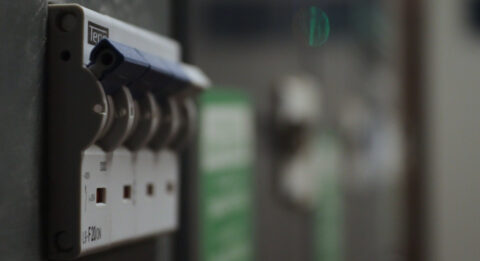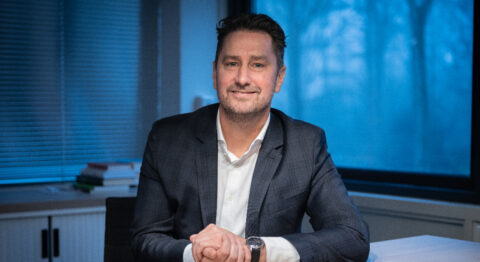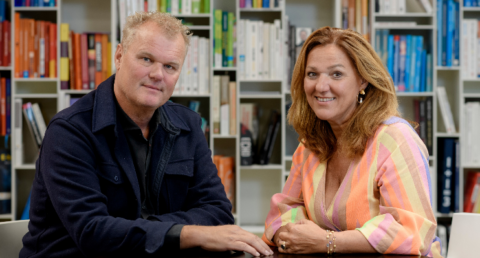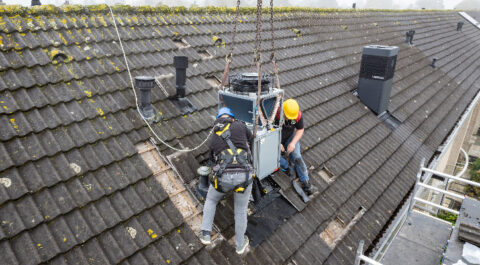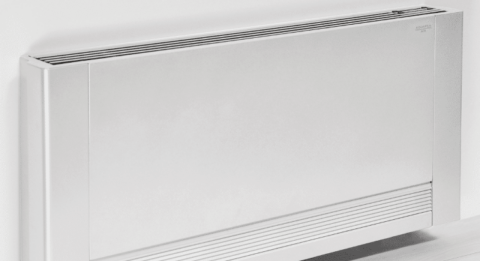Consumers can significantly reduce the pressure on the power grid at peak times. This is an important outcome of the pilot, which grid operator Stedin and energy supplier Eneco conducted last summer and fall on Tholen, Sint Philipsland and Schouwen-Duiveland. The pressure on the electricity grid decreased to 57% for these customers. The willingness of the participants was high. The pilot will be followed up in the spring of 2025.
A small group of Eneco customers from Tholen, Sint-Philipsland and Schouwen-Duiveland participated in the pilot, in which they were asked to temporarily turn off their solar panels on sunny days. On those three Zeeland islands, more solar power is generated than consumed at certain times. Participants were asked a total of 10 times to manually turn off their solar panels in a safe manner. Besides manually turning off the solar panels, the participants saw more ways to reduce the pressure on the grid. Namely, by using renewable energy when it is there, even for households without solar panels. For example, some of the group took into account their energy use at a switch-off time, charging their electric car at that time, so they did not have to turn off their solar panels or feed them back into the grid. Solar power used for self-consumption will be a major focus of a larger follow-up pilot in 2025.
High motivation
The main reason for participants to participate was to be able to contribute to the energy transition. By turning off some solar panels at a few peak times or increasing self-consumption, more solar panels can be connected to the same grid. Both the day on which the switch-off moment occurred and the amount of compensation had little impact on the results. Motivation was high, as was conversion and participation, despite the simple nature of the pilot. Whether a fee is an appropriate solution for the long term and for larger groups of participants, we will investigate further. After all, indirectly, those fees are paid by all electricity grid customers in the form of grid tariffs. Grid tariffs have risen significantly in recent years.
Retrospective pilot participant
"I think it's important to participate in initiatives to make the energy transition a success," says one of the pilot participants Ad Nieuwenhuize. "Switching off my solar panels to reduce grid congestion in the neighborhood is one of the possibilities. In this pilot, I had to manually switch off my solar panels. For the future, I count on the fact that this can be automated, making it less effort. In addition, I think a cost benefit for me as a customer is important."
Expanding Pilot
In the spring of 2025, Stedin wants to expand the pilot. This will be done by collaborating with several energy suppliers in addition to Eneco, as well as by setting broader goals:
-
t
- Use renewable energy when it's there. For example, charging your car when the sun shines, or turning on your clothes dryer at precisely those times. Even if you don't have your own solar panels.
- If you do own solar panels, make more use of your self-generated renewable electricity.
- Making it easy by automated control, within the limits specified by the customer. For providers of solar panels and associated inverters, it is important that controllability be enabled and through established standards.
t
t
Being smarter about energy helps prevent outages or voltage problems. Everyone can contribute to this by paying attention to when you use energy. In the follow-up pilot, we will investigate what incentives and agreements are needed to stimulate self-consumption and reduce peaks on the power grid.

